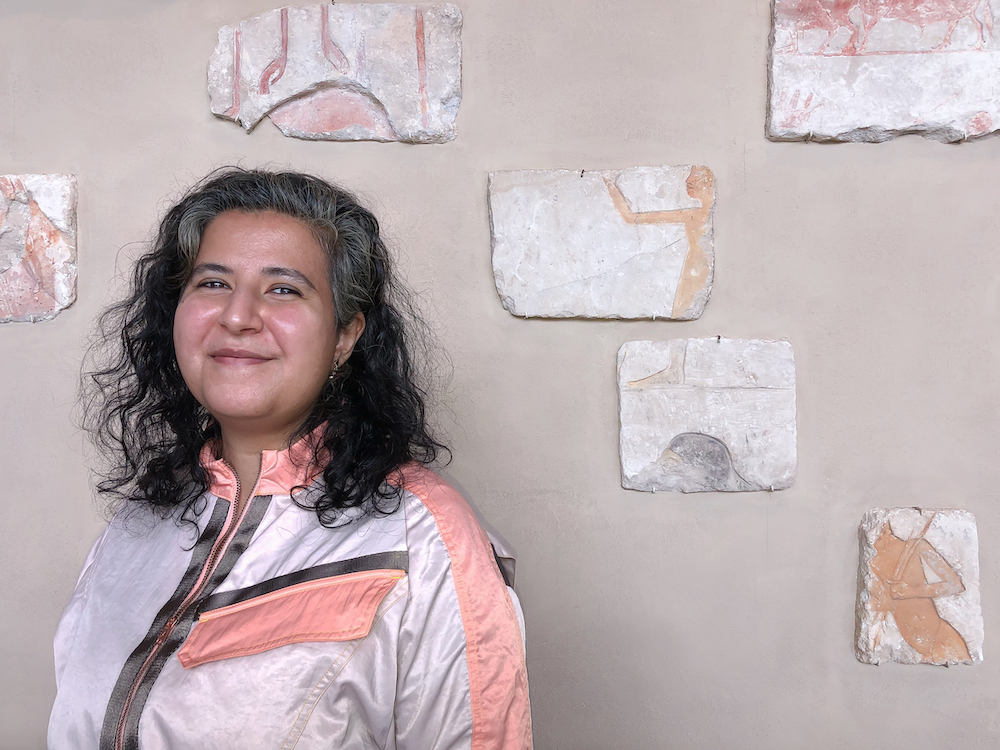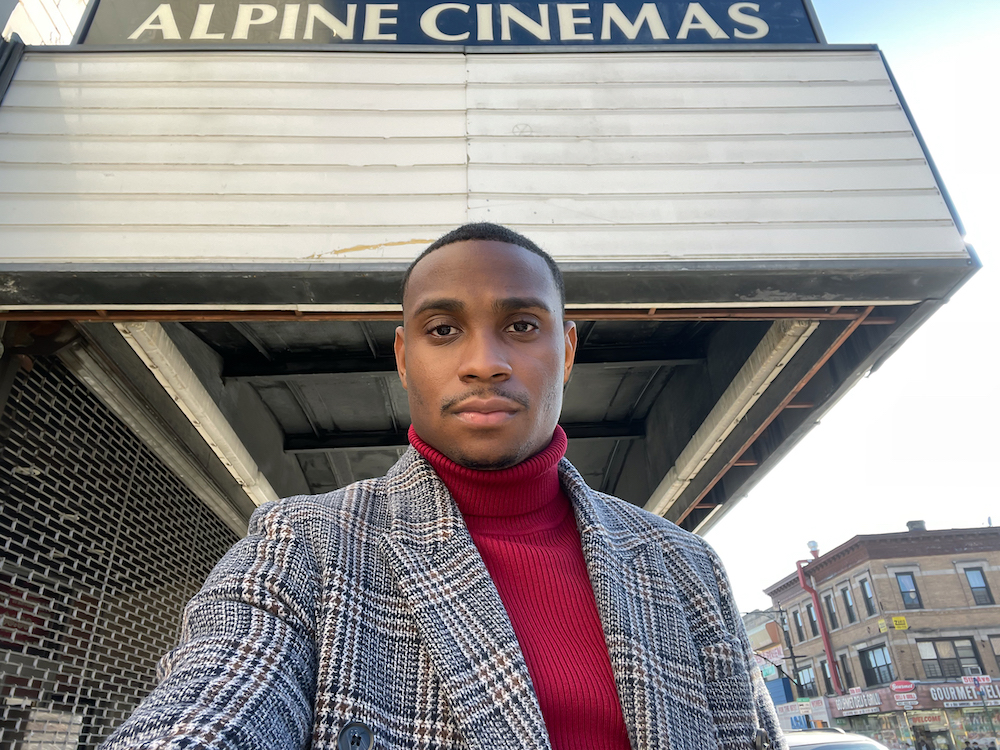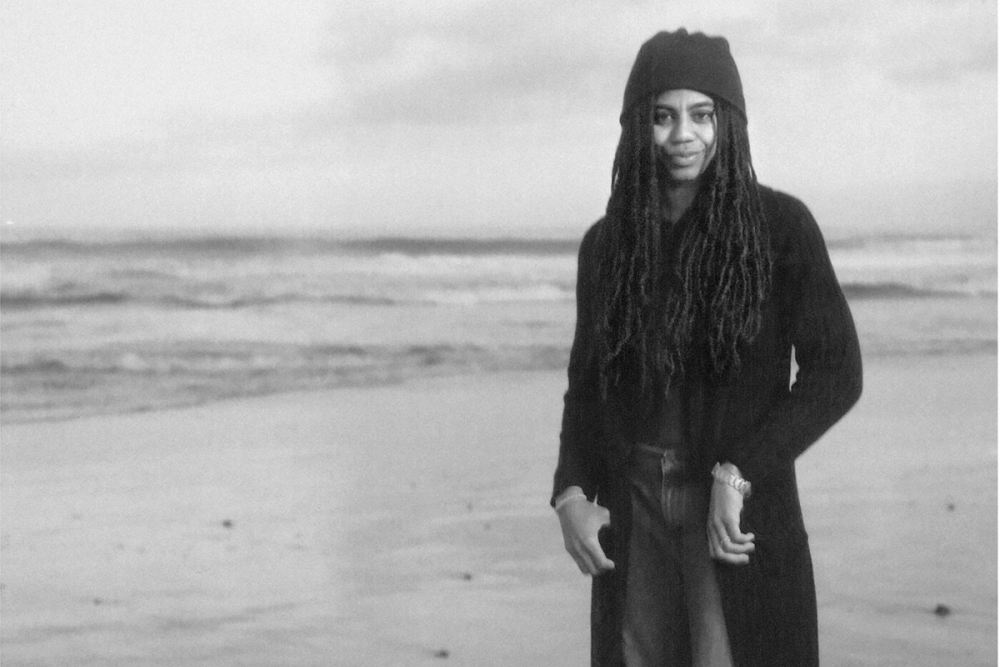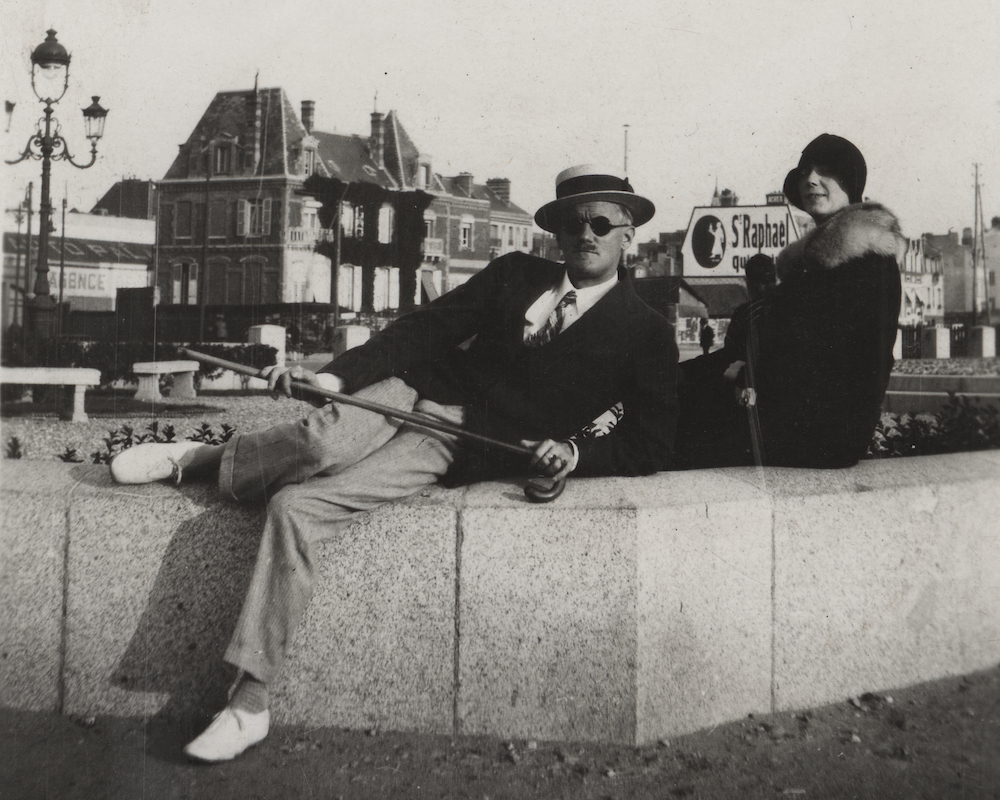Elon Musk really went for it this week at Tesla's Autonomy Day,family Archives ripping into widely used self-driving technology like laser sensors and (over)promising to put 1 million self-driving Tesla taxis on the streets next year. These bold claims certainly stirred up some feelings among autonomous vehicle experts and industry leaders.
On Friday, Velodyne president Marta Hall released a long statement — with a lot of ALL CAPS — defending her company's main product, LiDAR sensors for autonomous vehicles. While acknowledging Tesla's good work with electrification and car design, she shredded Musk's "claims" about deploying Teslas without a driver and without "lame" LiDAR sensors. Tesla only uses cameras, ultrasonic sensors, and a radar unit for its sensor suite.
"I personally like the Italian designed Tesla aesthetics and I applaud his leap toward the electrification of cars! Bravo! However, I would not trust its 'Autonomy,' claim, because the company has claimed its Auto Pilot feature is, 'Almost Autonomous.' IT IS NOT ALMOST AUTONOMOUS and it gives autonomy a bad rap," Hall wrote in an email statement.
In her statement she also invited Musk to speak at her company's version of Autonomy Day, Velodyne's safety summit for autonomous vehicles, which will be held again this fall. Last year, Musk was also invited, but did not attend.
Hall is part of a growing pool of skeptics highly critical of Musk and his robo-taxi dreams.
Lyft COO Jon McNeill, who used to work at Tesla, is also dubious about a robot fleet of Tesla vehicles launching in such a short time. In a Business Insider interview this week, McNeill defended the need for drivers, even as self-driving accelerates, and called out Musk's ambitious plan. Lyft is investing in self-driving cars and currently operates a self-driving car service with autonomous company Aptiv in Las Vegas.
"I just don't know if that's possible to do," he told the publication about the autonomous fleet from Tesla. He went on to explain why autonomous won't be an immediate solution, "even with autonomy happening over the next few years — or starting to be deployed over the next few years — we'll need more drivers in five years than we have today." He doesn't think the pace of self-driving cars can keep up with demand for ride-hailing. So human drivers will still be needed, even if robo-cars are an option.
Wall Street analyst Jeff Osborne from investment banking company Cowen wrote in a note after the autonomy presentation at Tesla headquarters in Palo Alto, "The Tesla Network robotaxi plans seemed half baked."
CNBC collected other impressions about Tesla's autonomy plans from analysts who cover the self-driving space, like Adam Jones from Morgan Stanley who noted, "We still think removing the safety driver will take many years (if not decades)."
This Tweet is currently unavailable. It might be loading or has been removed.
Other self-driving experts, like Carnegie Mellon University professor Raj Rajkumar, also called out Musk, as told to the AP: "It sounds like a pipe dream that he’s selling people."
Burgeoning research about camera placement in autonomous vehicles — and how it can capture 3D imaging like LiDAR if placed higher on the vehicle —could validate Musk's anti-LiDAR stance, but it doesn't change how overzealous Musk's timeline is.
Topics Self-Driving Cars Tesla Elon Musk
(Editor: {typename type="name"/})
 NYT Connections Sports Edition hints and answers for May 19: Tips to solve Connections #238
NYT Connections Sports Edition hints and answers for May 19: Tips to solve Connections #238
 Whiting Awards 2021: Marwa Helal, Poetry
Whiting Awards 2021: Marwa Helal, Poetry
 Whiting Awards 2021: Jordan E. Cooper, Drama
Whiting Awards 2021: Jordan E. Cooper, Drama
 Whiting Awards 2021: Marwa Helal, Poetry
Whiting Awards 2021: Marwa Helal, Poetry
 Best headphones deal: Save up to 51% on Beats at Amazon
Best headphones deal: Save up to 51% on Beats at Amazon
How to Squeeze the Most Out of Your iPhone's Battery
Jon Hamm's bad cop brings out the best in 'Fargo'
 Jon Hamm clearly knows dick. From king dick Don Draper on Mad Mento that cult leader dick on The Unb
...[Details]
Jon Hamm clearly knows dick. From king dick Don Draper on Mad Mento that cult leader dick on The Unb
...[Details]
How to watch KU vs. OU basketball without cable: game time, streaming deals, and more
 Wondering how to watch Kansas vs. Oklahoma men's basketball game? Exclusive broadcas
...[Details]
Wondering how to watch Kansas vs. Oklahoma men's basketball game? Exclusive broadcas
...[Details]
The 15 best fiction books of 2024, according to BookTok
 In recent years, TikTok has had a remarkably significant impact on book sales, and 2024 is no differ
...[Details]
In recent years, TikTok has had a remarkably significant impact on book sales, and 2024 is no differ
...[Details]
 Contraband
...[Details]
Contraband
...[Details]
The Fabric of Memory by The Paris Review
 The Fabric of MemoryBy The Paris ReviewMarch 5, 2021LookIn Paul Anthony Smith’s Untitled (Dead Yard)
...[Details]
The Fabric of MemoryBy The Paris ReviewMarch 5, 2021LookIn Paul Anthony Smith’s Untitled (Dead Yard)
...[Details]
Redux: Come, Be My Camera by The Paris Review
 Redux: Come, Be My CameraBy The Paris ReviewApril 13, 2021ReduxEvery week, the editors of The Paris
...[Details]
Redux: Come, Be My CameraBy The Paris ReviewApril 13, 2021ReduxEvery week, the editors of The Paris
...[Details]
Lions vs Rams livestream: How to watch the NFL Playoffs
 Wondering how to watch the NFL Playoffs? Here are your best options: Most affordable
...[Details]
Wondering how to watch the NFL Playoffs? Here are your best options: Most affordable
...[Details]
Best vacuum mop combo deal: Save $140 on the Tineco Floor One S5
 SAVE $140:The Tineco Floor One S5 smart wet dry vacuum is on sale at Amazon for $309.99, down from t
...[Details]
SAVE $140:The Tineco Floor One S5 smart wet dry vacuum is on sale at Amazon for $309.99, down from t
...[Details]
Imagining Nora Barnacle’s Love Letters to James Joyce by Nuala O’Connor
 Imagining Nora Barnacle’s Love Letters to James JoyceBy Nuala O’ConnorMarch 15, 2021Arts & Cultu
...[Details]
Imagining Nora Barnacle’s Love Letters to James JoyceBy Nuala O’ConnorMarch 15, 2021Arts & Cultu
...[Details]
接受PR>=1、BR>=1,流量相当,内容相关类链接。